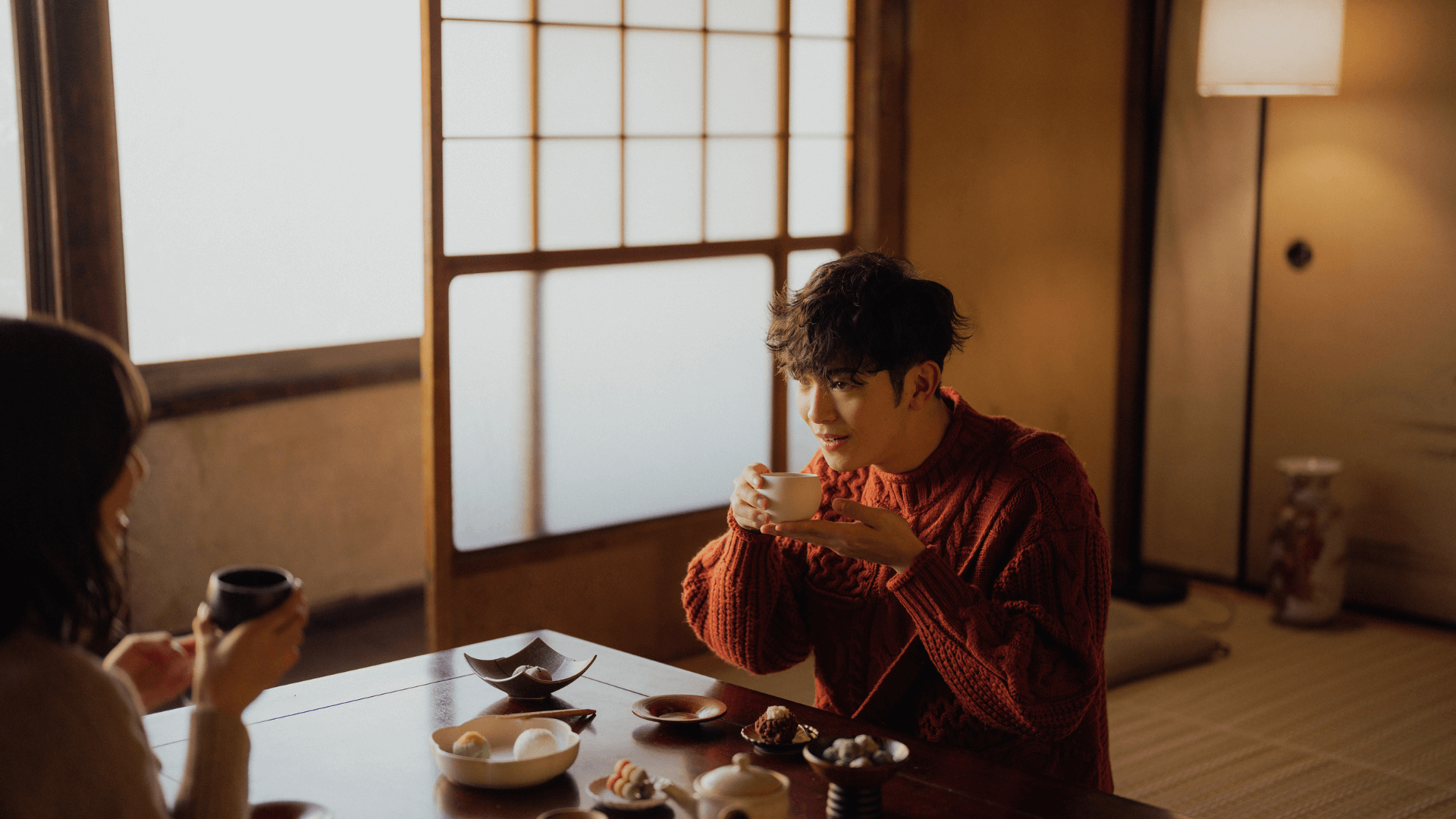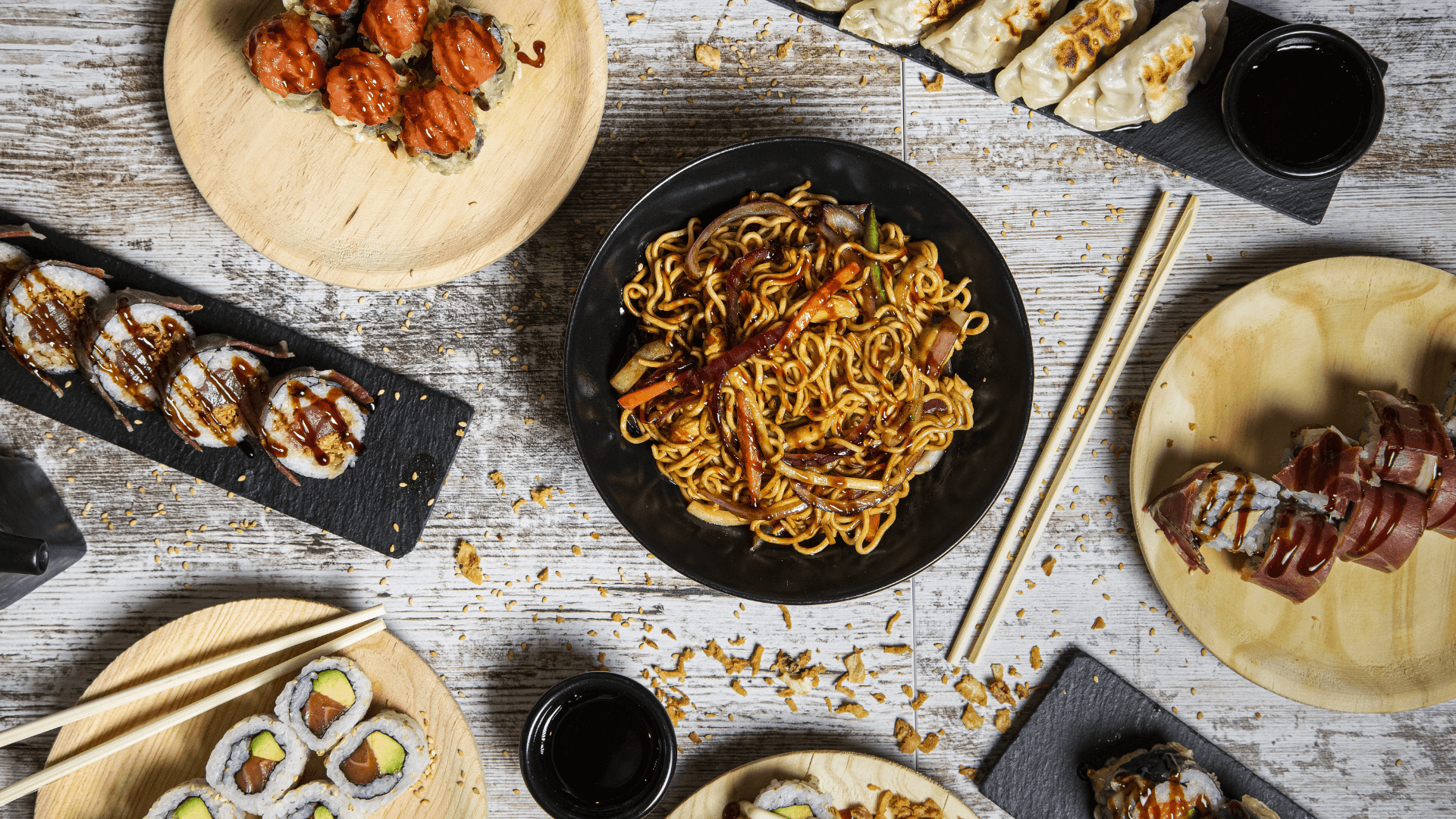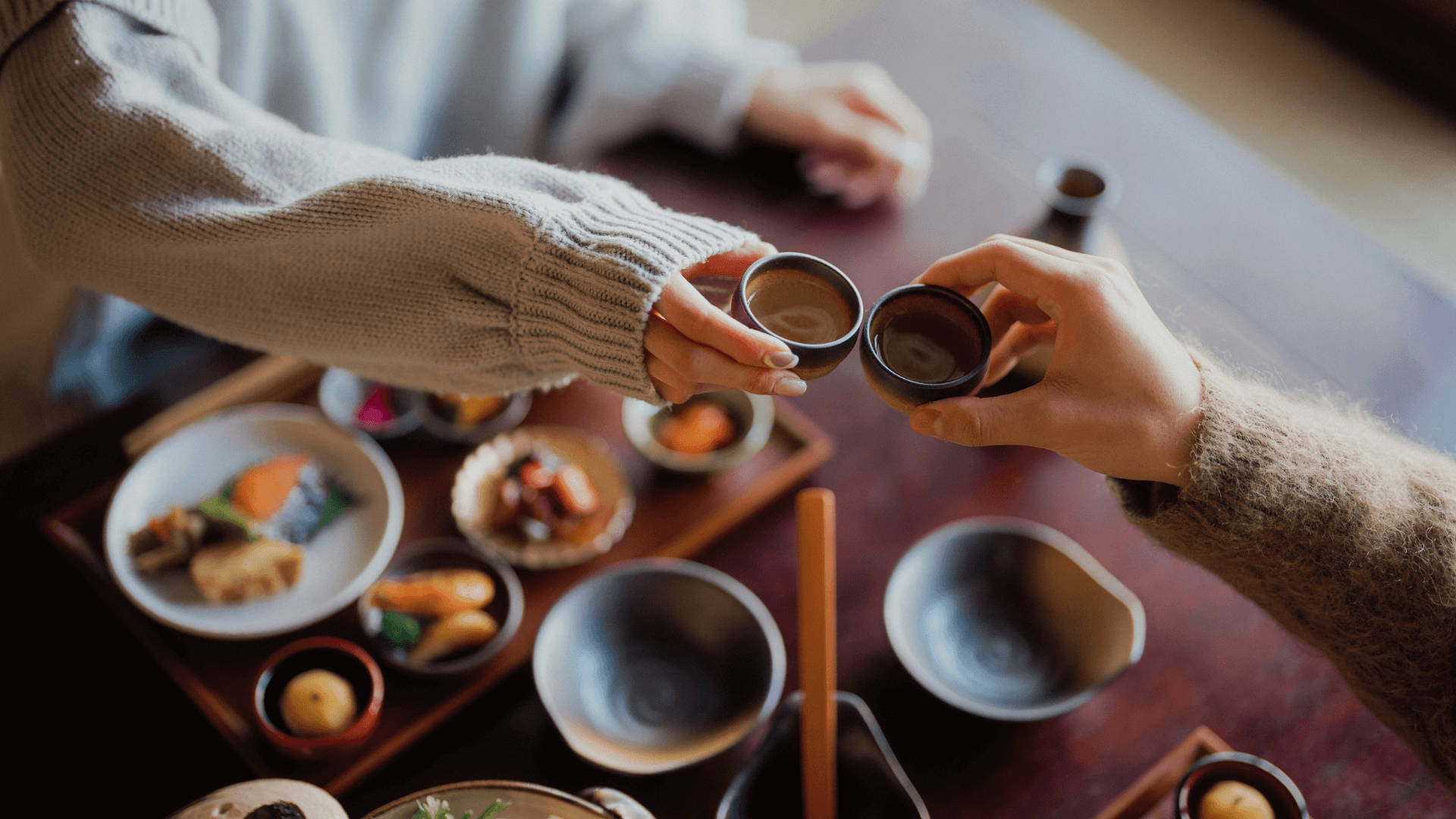A Guide to Japanese Table Manners
June 30, 2025
In Japan, dining is more than just eating—it’s a cultural ritual steeped in tradition and respect. Whether you're a traveler, expat, or student, understanding Japanese table manners is essential for making a positive impression and enjoying a truly immersive culinary experience. This guide walks you through key etiquette practices, from seating to sipping sake, helping you avoid cultural missteps and appreciate the beauty of Japanese dining customs.
Seating
Before dining begins, seating is typically arranged based on hierarchy or guest status. The honored guest usually sits farthest from the entrance, while the host sits nearest. Wait until you're invited to sit, especially in formal settings.
In restaurants with tatami seating, shoes and slippers must be removed before stepping onto the tatami floor. Be careful not to step on cushions other than your own. When seated on tatami, traditional etiquette involves kneeling in the seiza position (sitting on your heels), although cross-legged sitting is generally acceptable for those who find kneeling difficult. Regardless of your position, maintain good posture as a sign of respect and attentiveness.
Eating
Wait for the phrase "Itadakimasu" before eating—it expresses gratitude for the meal. Before that, most restaurants will provide a wet towel (oshibori), which you should use to clean your hands. Once the meal begins, eat steadily and avoid talking with a full mouth. When eating from small bowls, picking them up and bringing them close to your mouth is polite. In contrast, larger bowls or plates should stay on the table. Use the opposite ends of your chopsticks or dedicated serving chopsticks when taking food from shared dishes.
Be sure to observe good table manners such as quietly eating, finishing your food, and showing appreciation by eating even the last grain of rice. Avoid blowing your nose, burping, and loudly chewing at the table. Once you've finished your meal, returning everything to its original position is polite, such as placing lids back on dishes and resting chopsticks on their holder. End your meal with the phrase "Gochisōsama deshita," which means "thank you for the feast."
Chopstick Etiquette
Never point chopsticks at others, leave them sticking upright in rice, or pass food from one set of chopsticks to another—this mimics a funeral custom. Also, never spear food or hover indecisively over shared dishes. Lastly, avoid rubbing disposable chopsticks together, as this implies they are cheap.
How to Eat Japanese Dishes
Rice and Rice Dishes with Sauce
Hold your rice bowl close to your mouth to minimize spillage. Avoid pouring sauce directly onto rice unless explicitly served that way. Don’t mix side dishes into the rice.
Sushi
Eat sushi in one bite, using your hands or chopsticks. Dip only the fish side into soy sauce—never soak the rice. Ginger (gari) is a palate cleanser, not a topping.
Sashimi
Sashimi is meant to be savored. Dip lightly into soy sauce, and consider a dab of wasabi between the fish and the tongue, not mixed into the sauce.
Noodles
Slurping noodles is encouraged—it shows appreciation and enhances the flavor. Lift the bowl for broth-based dishes, and don’t bite noodles mid-slurp. Use the provided spoon for soup.
Proteins – Prawn Tempura, Tofu, etc.
Use chopsticks gently when handling delicate items like tofu or tempura. Dip lightly into sauce or salt, and take care not to break the pieces apart. Eat in small bites.
Drinking
Do not start drinking until everyone at the table has a drink and all glasses are raised for a drinking salute—typically with a cheerful "kampai!" ("Cheers!").
When consuming alcoholic beverages, it is customary to serve one another rather than pouring your drink. It is polite to check your companions' cups periodically and offer to refill them. Similarly, if someone wants to pour you more alcohol, you should drink a little from your glass before holding it up to receive the pour.
While becoming noticeably drunk is considered bad manners in formal restaurants, it is generally more acceptable in casual dining establishments like izakaya, where drinking and a lively atmosphere are part of the experience, as long as you do not disturb other guests.
If you do not drink alcohol, there is no pressure to join in. It is perfectly acceptable to politely decline and request a non-alcoholic drink. Remember that participating in the initial toast is appreciated regardless of what's in your glass.
Tipping
Tipping is not practiced in Japan and may even be considered inappropriate or confusing. Unlike in many Western countries where tipping is expected, Japanese hospitality operates on the principle that excellent service should be standard and is already factored into the price. Attempting to tip can sometimes lead to awkward encounters, as restaurant staff may assume you’ve forgotten your change and might chase after you to return it. In Japanese culture, genuine politeness and quality service are expressions of professional pride, not gestures done in anticipation of extra compensation. Instead of tipping, a simple verbal expression of thanks—such as saying “gochisousama deshita” (thank you for the meal) after dining—is both culturally appropriate and deeply appreciated.
Final Thoughts
Mastering Japanese table manners enhances not just your meals, but your connection to the culture itself. By showing respect and appreciation through dining etiquette, you open the door to deeper experiences and warmer interactions. Ready to put your skills to the test? Dine at Yamazato or Yawaragi and immerse yourself in the refined elegance of authentic Japanese cuisine—mindfully, respectfully, and deliciously.